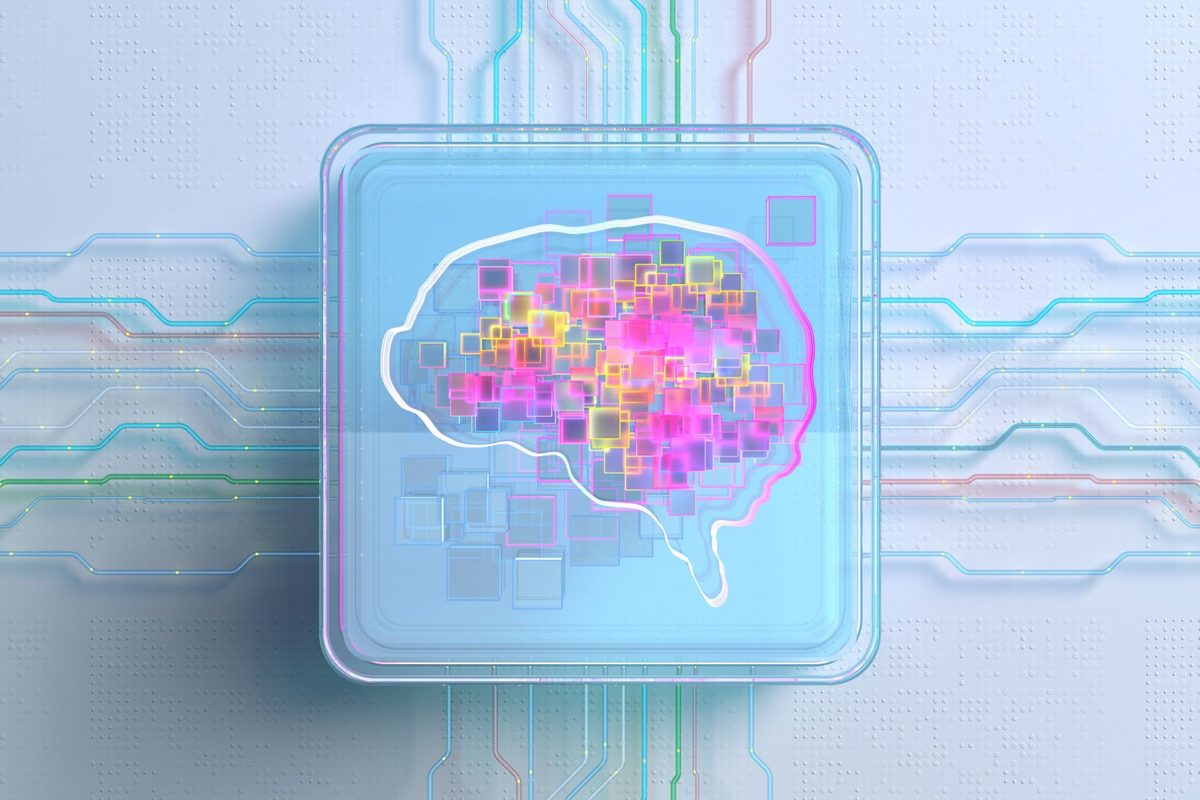Could the Science of Brain Uploading Evolve Into Reality? An Overview
Recent inquiries into whether animal brains can be uploaded to computers reveal complex scientific and philosophical challenges. The answer varies based on definitions of both “upload” and “brain.” If we consider a looser interpretation, ground-breaking progress has already been made.
### Current Advances in Brain Modeling
One notable instance involves the Caenorhabditis elegans, a soil-dwelling worm, renowned for being one of the most extensively studied organisms. Measuring just 1mm (0.03 inches) in length, the worm has had its entire genetic sequence mapped and its roughly 300 neurons thoroughly documented. With minimal variation among individuals, researchers have effectively created a comprehensive computer model of its neural structure, mimicking its natural reflexive behaviors and even training it for novel tasks, such as balancing a virtual pole.
### Limitations of Current Technologies
However, this raises important distinctions. The simulated C. elegans brain was not directly ‘uploaded’ from a living specimen; rather, it was an elaborate simulation based on extensive experimental data accumulated over years. Current technology lacks the capability to record the thoughts and memories of an individual animal and transfer them accurately into a digital realm.
### The Future of Human Brain Uploading
There is a growing belief that brain uploading may be the ultimate frontier of neuroscience and artificial intelligence, serving as a means to transcend human mortality. Nonetheless, severe obstacles lie ahead. A fundamental requirement is to capture the intricate details of a brain’s structure and chemical state, potentially down to the atomic level.
More than a decade ago, researchers successfully identified individual neurons and their interconnections in a section of a mouse brain through a destructive scanning process, which unfortunately resulted in the loss of the specimen. This technique highlights the necessity of achieving non-destructive brain imaging in the future to allow for comprehensive scanning without damaging the biological material.
### Scanning Challenges and Ethical Implications
While advancements in medical imaging are paving the way for potentially high-resolution scans, the fundamental challenge remains: how to capture a functional brain’s state instantaneously to avoid losing critical information that may emerge during the scanning process.
Furthermore, a significant ethical dilemma arises considering what it means to “upload” the brain. In a future scenario where scanning may become feasible, would two versions of yourself coexist—one physical and one digital? This possibility raises profound questions about identity and existence. If your mind exists within a virtual framework, can it truly be considered an extension of your consciousness, or merely a copy?
### Conclusion
As the exploration of animal brain uploading progresses, it lays the groundwork for understanding the complexities associated with potential human applications. While today’s cutting-edge computers are remarkable, experts suggest that we may still be a century away from simulating neural interactions at the required precision. The scientific journey continues, fueling curiosity and debate about the future of consciousness and identity in a digital age.
### Key Points
– Progress has been made modeling simple animal brains like C. elegans.
– Current technology does not allow for true brain uploading of individual thoughts or memories.
– Ethical implications of duplicating consciousness raise significant questions.
– Non-destructive scanning methods are a critical area of research.







